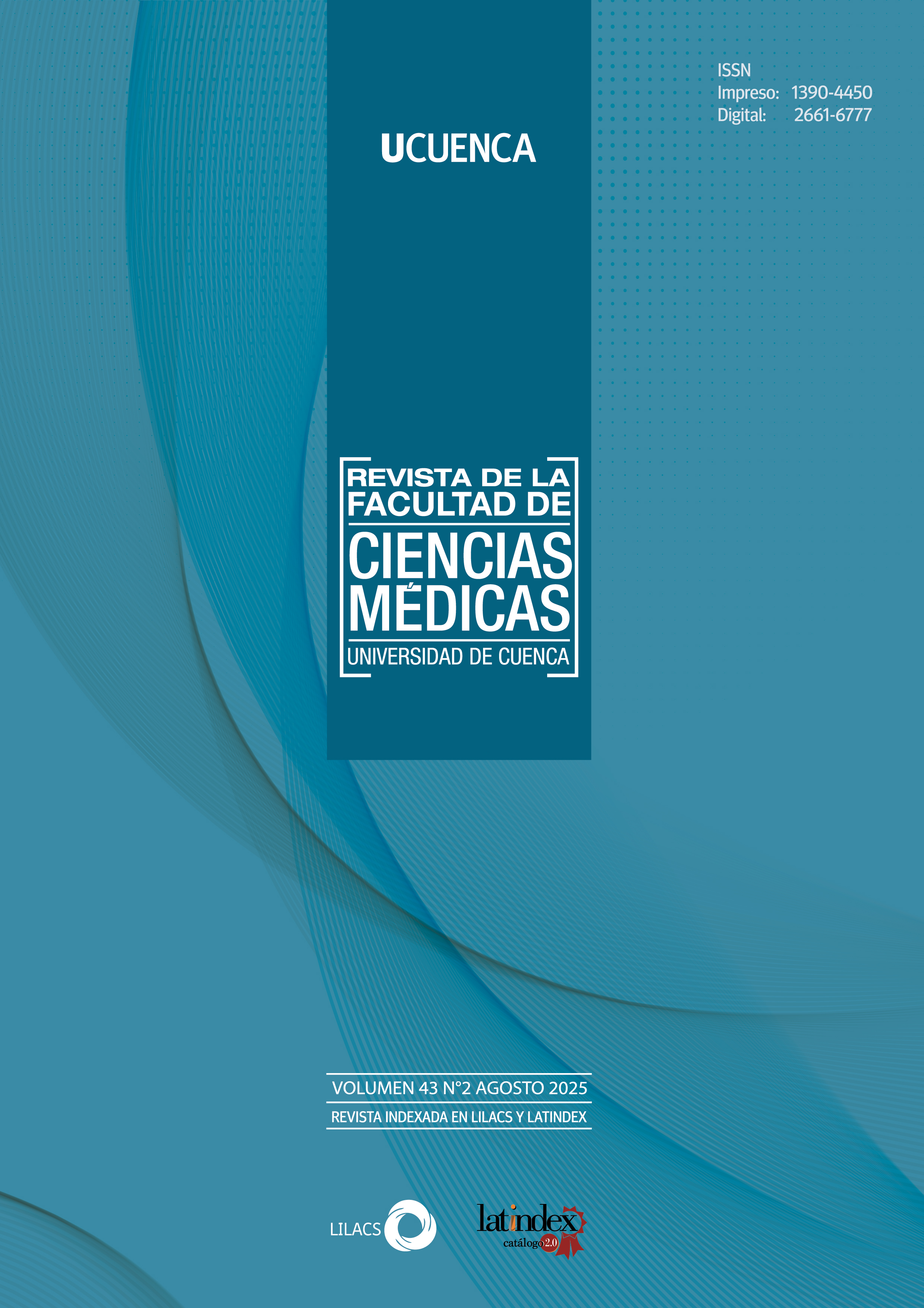Prevalence of Carpal Tunnel Syndrome in the peeling area of the aquaculture industry at a shrimp packing plant in Ecuador
DOI:
https://doi.org/10.18537/RFCM.43.02.02Keywords:
ergonomics, median nerve, occupational risksAbstract
Introduction: Carpal Tunnel Syndrome (CTS) is one of the most common musculoskeletal disorders among workers performing repetitive tasks.
Objetive: to determine the prevalence of CTS in the peeling area of a shrimp packing plant in Ecuador, comparing with a less exposed control group (machine-sorting area).
Methodology: a cross-sectional analytical observational study was carried out, based on occupational medical records collected between January 2022 and June 2024. The total population included 194 female workers from the peeling area and 100 from the machine-sorting control area.
Results: the results showed that 20.6% of the workers in the peeling area presented CTS, compared to 8% in the control group. The most affected age group was 60 to 64 years, with the right hand being predominantly involved (82.5%). Most cases occurred among workers with 16 years of service. The statistical analysis yielded a Prevalence Odds Ratio (POR) of 2.99 (95% CI: 1.34–6.66), indicating that workers in the peeling area are nearly three times more likely to develop CTS than those in the control group.
Conclusions: it is concluded that there is a strong association between intensive work activity in the peeling area and the occurrence of CTS. The implementation of ergonomic preventive measures and longitudinal studies that include psychosocial factors are recommended to mitigate this condition and improve workers’ well-being.
Downloads
Published
Issue
Section
License
Copyright (c) 2025 Kenny Escobar Segovia, Adriana Lema-Barragan, Rosa Cobeña-Tallado

This work is licensed under a Creative Commons Attribution-NonCommercial-ShareAlike 4.0 International License.
Copyright © Autors.

You are free to:
 |
Share — copy and redistribute the material in any medium or format |
 |
Adapt — remix, transform, and build upon the material for any purpose, even commercially. |
Under the following conditions:
 |
Attribution — You must give appropriate credit, provide a link to the licence, and indicate if changes were made. You may do so in any reasonable manner, but not in any way that suggests the licenser endorses you or your use. |
| NonCommercial — You may not use the material for commercial purposes. | |
| ShareAlike — If you remix, transform, or build upon the material, you must distribute your contributions under the same license as the original. |
| No additional restrictions — You may not apply legal terms or technological measures that legally restrict others from doing anything the licence permits. |






